Teeth orthodontics, a common dental treatment, has become the preferred method for many people seeking to improve the alignment of their teeth and correct bite problems. For many, orthodontic treatment is not only about enhancing aesthetics but also about improving quality of life and oral health. However, one of the most frequently asked questions among people considering orthodontic treatment is, “How long will my teeth take to straighten?” Understanding the duration of treatment is crucial when choosing the best method and evaluating treatment outcomes. This article will explore in detail the factors that influence the duration of orthodontic treatment, the typical time required for different treatment options, and tips on how to accelerate the process to help you better understand the overall timeline.
1. The Basics of Orthodontic Treatment
Orthodontic treatment involves using braces or other devices to apply pressure on the teeth, gradually shifting them into proper alignment and improving bite relations. The type of appliance used, the treatment plan, and the individual’s oral condition all contribute to how long the treatment will take.
Common orthodontic methods include traditional metal braces, ceramic braces, clear aligners (such as Invisalign), and lingual braces. Each of these treatment options takes a different amount of time, and the duration is also influenced by individual factors.
2. Factors That Influence Orthodontic Treatment Time
There is no fixed standard for the duration of orthodontic treatment. The treatment time varies based on several key factors:
1. The Complexity of the Dental and Bite Problems
One of the most important factors in determining the duration of orthodontic treatment is the complexity of the patient’s dental issues. For patients with minor misalignment, such as slight crookedness or small bite problems, the treatment time will be relatively short. On the other hand, for those with more severe issues, such as significant overcrowding, skeletal problems, or complex bite misalignments, treatment time will be longer.
Here’s an estimate of treatment time based on common dental problems:
- Mild misalignment or crowding: Treatment typically lasts between 6 months to 1 year.
- Moderate misalignment or mild bite issues: Treatment time usually ranges from 1 year to 1.5 years.
- Severe misalignment or complex bite issues: Treatment may take 2 years or longer.
2. Age
Age also plays a role in determining orthodontic treatment time. Generally, orthodontic treatment for adolescents and children is faster because their jawbones and teeth are still growing, and braces can move teeth more effectively. For adults, the teeth and bones are fully developed, meaning that treatment may take longer, as the movement of the teeth is slower.
3. Choice of Orthodontic Method
The type of braces or appliance used can significantly influence the duration of treatment. For example, traditional metal braces exert stronger force and are more effective for treating complex cases, so they may require a longer treatment period. On the other hand, clear aligners, while offering aesthetic advantages, may take less time for cases involving mild to moderate misalignment.
Here are the typical treatment durations for different orthodontic methods:
- Metal braces: Treatment generally takes between 1 to 2 years, though some complex cases may require longer.
- Ceramic braces: The treatment time is similar to metal braces, typically lasting 1 to 2 years. Ceramic brackets are more fragile, which may slightly extend the treatment process.
- Clear aligners: For mild to moderate cases, treatment generally takes between 6 months to 1.5 years.
- Lingual braces: Treatment time usually falls between 1 to 2 years due to their complex design and installation.
- Self-ligating braces: Typically, treatment lasts 1 to 2 years, but these braces tend to reduce friction, making treatment potentially faster.
4. Treatment Goals and Patient Cooperation
The patient’s treatment goals also influence the time required for orthodontics. For example, some patients may only want to correct minor aesthetic issues and do not necessarily require perfect bite correction, which could reduce treatment time. Additionally, patient cooperation plays a crucial role in treatment duration. Patients who strictly follow the orthodontist’s instructions, including wearing the braces as prescribed, maintaining good oral hygiene, and attending regular check-ups, tend to have faster progress.
5. Oral Health Condition of the Patient
The patient’s current oral health condition can impact the treatment time. If a patient has untreated cavities, gum disease, or other dental issues, these problems need to be addressed before starting orthodontic treatment, which will naturally extend the overall treatment time. Additionally, if a patient’s teeth are unusually hard or excessively loose, this can also slow down the movement of the teeth.
6. Possible Complications During Treatment
Some patients may experience complications during orthodontic treatment, such as root resorption or gum inflammation. These complications can delay progress and lengthen the treatment period. Regular check-ups and careful adherence to the orthodontist’s advice can help minimize the risk of these issues and ensure smooth progress.
3. Treatment Time for Different Orthodontic Methods
1. Traditional Metal Braces
Traditional metal braces are the most common and cost-effective orthodontic treatment option. Treatment time typically ranges from 1 to 2 years. Metal braces work by gradually shifting the teeth into the correct positions using wires and brackets, with regular adjustments by the orthodontist. The time required for treatment depends largely on the severity of the misalignment.
- For most mild to moderate cases, treatment takes about 1 year.
- For severe cases, treatment can take up to 2 years or more.
2. Ceramic Braces
Ceramic braces are similar to metal braces but use tooth-colored or clear ceramic brackets, which are less visible than metal braces. The treatment time is generally comparable to metal braces but may be slightly longer due to the more delicate nature of the ceramic material.
- Typically, treatment takes between 1 to 2 years, depending on the complexity of the case.
3. Clear Aligners (e.g., Invisalign)
Clear aligners, such as Invisalign, are a popular treatment option for patients who prefer a more discreet way to straighten their teeth. These aligners are transparent and removable, which allows for easy cleaning and eating. Treatment time with clear aligners usually ranges from 6 months to 1.5 years, depending on the severity of the dental issue.
- For mild cases, treatment can be as short as 6 months.
- For moderate cases, it can extend to 1.5 years.
The effectiveness of clear aligners depends on the patient’s compliance, as they need to be worn for at least 20 hours a day to ensure proper alignment.
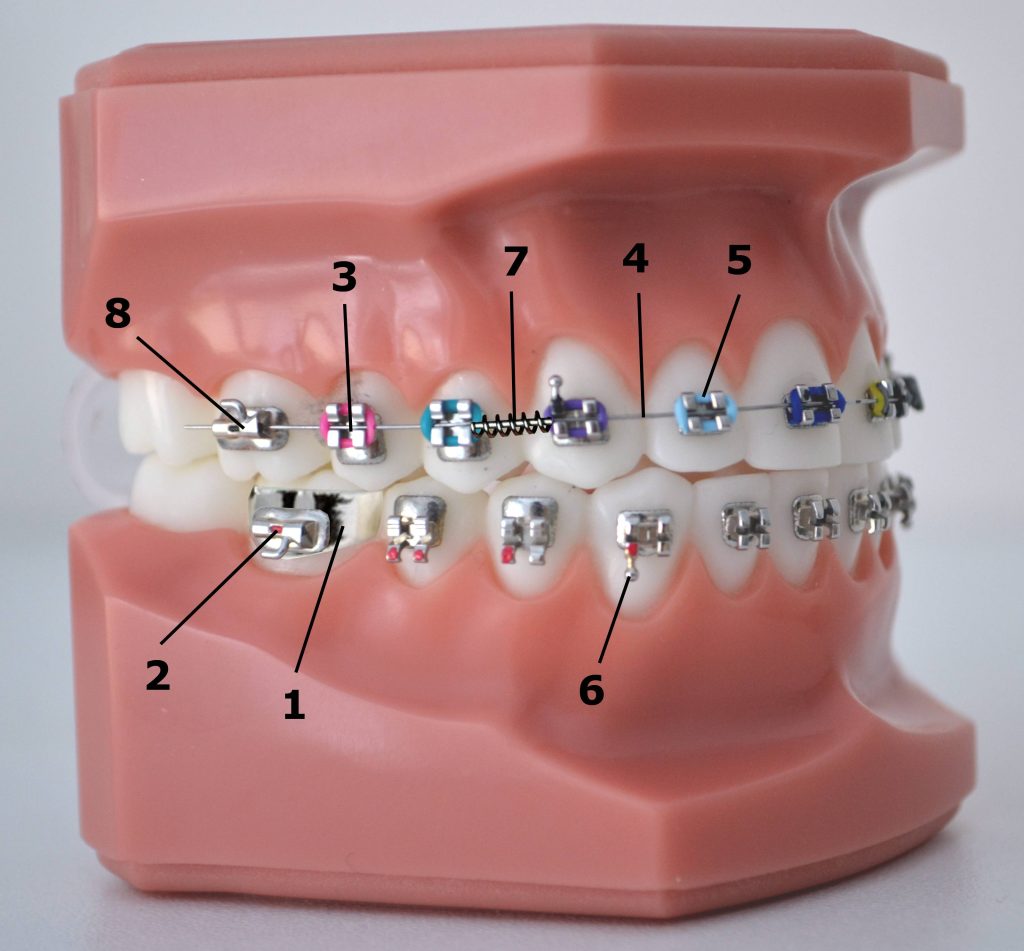
4. Lingual Braces
Lingual braces are similar to traditional metal braces, but they are placed on the inner (lingual) surface of the teeth, making them nearly invisible. Treatment time for lingual braces is typically between 1 and 2 years, similar to traditional metal braces. However, due to their complex design and installation process, some patients may experience discomfort, which could slightly extend the treatment period.
5. Self-Ligating Braces
Self-ligating braces are a more advanced type of traditional braces that use a special sliding mechanism to hold the wire in place, reducing friction and the need for frequent adjustments. As a result, treatment time with self-ligating braces can be faster compared to traditional braces.
- Typically, treatment lasts 1 to 2 years, but because of reduced friction, some patients may experience faster results.
4. How to Speed Up the Orthodontic Process
While orthodontic treatment requires time, patients can take steps to potentially accelerate the process:
1. Follow the Orthodontist’s Treatment Plan
The most important factor in ensuring that orthodontic treatment proceeds efficiently is following the orthodontist’s guidelines. Regular follow-up appointments for adjustments, timely wear of appliances, and any additional treatment steps will help maintain steady progress.
2. Maintain Good Oral Hygiene
Good oral hygiene is crucial during orthodontic treatment. Braces or aligners can trap food and plaque, leading to dental problems like cavities and gum disease, which can delay the treatment. Patients should brush their teeth after every meal, floss regularly, and use mouthwash to keep the mouth clean.
3. Avoid Hard or Sticky Foods
During treatment, patients should avoid hard, sticky, or chewy foods that can damage the braces or delay progress. Eating these foods can also make it harder to maintain oral hygiene, further hindering treatment progress.
4. Use Accelerators
Some patients use devices designed to speed up the process, such as microcurrent stimulators. These devices apply small electrical pulses to stimulate bone remodeling and may accelerate tooth movement. However, the effectiveness of such devices varies, and their use should be discussed with an orthodontist.
5. Common Questions About Orthodontic Treatment Duration
1. Does Orthodontic Treatment Hurt?
During the initial stage of treatment or after adjustments, patients may experience some discomfort or pressure. This is usually temporary and subsides after a few days. Over-the-counter pain relievers can help alleviate the discomfort.
2. Can I See Results Quickly?
Many patients will notice initial changes to their teeth within the first few months of treatment. However, achieving the final desired alignment and bite typically takes longer. The treatment timeline varies based on individual circumstances.
3. Do I Need Retainers After Treatment?
Yes, after the braces or aligners are removed, patients will need to wear retainers to prevent their teeth from shifting back. The duration for wearing retainers varies, but it is typically recommended for several months to a few years. The orthodontist will provide specific instructions.
- Conclusion
Orthodontic treatment is a process that requires patience, and the duration usually ranges from 1 to 3 years, depending on factors like the severity of dental issues, the chosen treatment method, and the patient’s compliance. Although orthodontics can take time, following a well-planned treatment strategy, maintaining good oral hygiene, and working closely with your orthodontist can help ensure the process goes smoothly and efficiently. While each patient’s treatment timeline is unique, most people achieve satisfying results by adhering to their orthodontist’s guidance and giving their teeth the time they need to properly align.


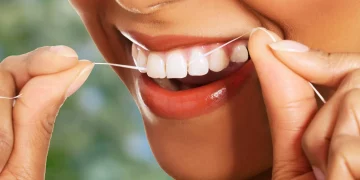




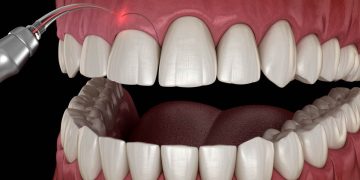

















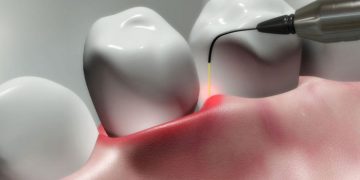




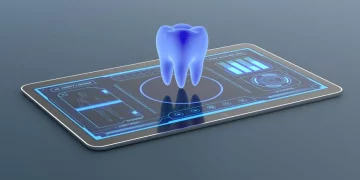














Discussion about this post